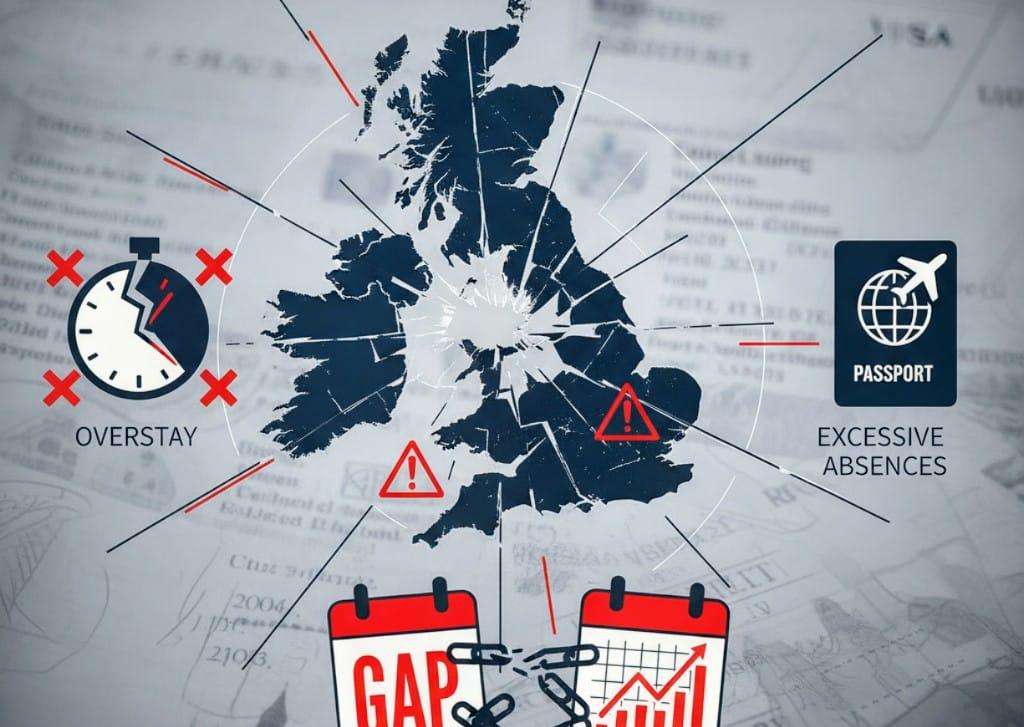A major overhaul of the UK's immigration system is underway, with the government introducing significant changes that will affect the path to Indefinite Leave to Remain (ILR), also known as settlement. The most notable proposal is the plan to increase the standard qualifying period for ILR from the current five years to a minimum of ten years for most temporary work and refugee routes. This is part of a broader strategy to exert greater control over the immigration system and is expected to become the default path to permanent residence. Exemptions are currently expected for certain groups, such as partners of British citizens and those under the EU Settlement Scheme.
Alongside these proposed changes, applicants on the existing 10-year Long Residence route must remain hyper-vigilant of the strict rules governing continuous lawful residence, as outlined in recent guidance and demonstrated by common refusal reasons. This route, often utilised by young adults who came to the UK as school-age students and have followed the academic path through college and university to a graduate visa, demands an unbroken decade of compliance.
The Three Critical Pitfalls Leading to ILR Refusal
Despite the prospect of major reforms, the primary reasons for refusal under the current 10-year Long Residence route remain stringent and often catch out unwary applicants.
1. Overstaying—Even by a Single Day
A single day of overstaying can lead to an outright refusal of an ILR application. Overstaying occurs when an applicant misses the deadline to extend their current visa, receives a visa refusal without a right of appeal and fails to leave, or submits a subsequent application late, thereby losing their lawful residence status. Maintaining valid, continuous permission to be in the UK is the foundational requirement for this settlement route.
2. Gaps Between Visas When Switching Categories
Another common issue arises from gaps between visas when an applicant switches immigration categories. This often happens when a student leaves the UK for an extended holiday and applies for their next visa, such as a Skilled Worker or Graduate visa, from abroad. While not technically an overstay, the period spent outside the UK awaiting a decision on the new application breaks the crucial requirement for continuous lawful residence, leading to a refusal.
3. Excessive Absences from the UK
Excessive absences outside the UK are one of the most frequent issues for long-term residents, especially those who grew up and studied in the UK, often taking frequent and lengthy trips home during holidays. The Home Office strictly limits the amount of time an applicant can spend outside the UK during their qualifying period.
The rules for calculating absences are now split based on the date of travel:
- For periods before April 11, 2024, the applicant must not have been outside the UK for more than 548 days in total over the ten-year period, and no single absence should have exceeded 184 days.
- For periods covered from April 11, 2024, onwards, the limit has been tightened to align with the standard five-year route, requiring no more than 180 days of absence in any rolling 12-month period before applying.
For those who have grown up and studied in the UK for ten years, the Long Residence route can still be a reliable path to ILR, but it demands an absolutely clear immigration history, no breaks in lawful residence, and meticulous tracking and calculation of all travel and absences. Failure to comply with these rules will result in the refusal of the application for indefinite leave to remain.




.jpg)



.svg)
